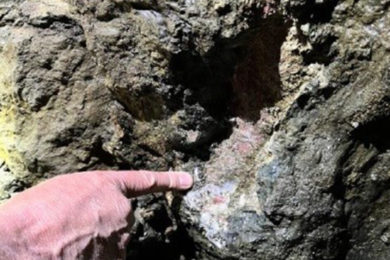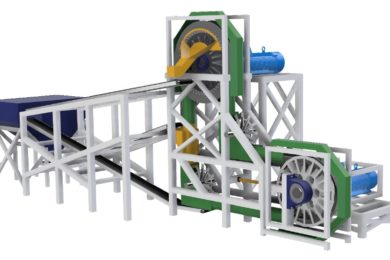 Last week Glencore International published its first sustainability report, disclosing how it performed in 2010 and prior years in contributing to sustainable development. The report details Glencore’s performance in relation to its people, neighbouring communities, the environment, compliance and customers. In 2009 Glencore launched a group-wide sustainability policy framework called Glencore Corporate Practice (GCP), which specifies its approach to these areas of sustainable development. In the report, Glencore announced that it has become a Supporting Company of the Extractive Industries Transparency Initiative (EITI).
Last week Glencore International published its first sustainability report, disclosing how it performed in 2010 and prior years in contributing to sustainable development. The report details Glencore’s performance in relation to its people, neighbouring communities, the environment, compliance and customers. In 2009 Glencore launched a group-wide sustainability policy framework called Glencore Corporate Practice (GCP), which specifies its approach to these areas of sustainable development. In the report, Glencore announced that it has become a Supporting Company of the Extractive Industries Transparency Initiative (EITI).
Sustainability is overseen by a Health, Safety, Environment and Community (HSEC) Committee chaired by a Non-Executive Director. Information and data in the report was compiled in line with internationally recognised standards including the Global Reporting Initiative G3 sustainability reporting guidelines and its metals and mining sector supplement.
The data is supplemented by over 25 case studies of how Glencore deals with different aspects of sustainable development in its various businesses around the world.
Glencore currently operates industrial assets in four EITI candidate countries – the Democratic Republic of Congo, Kazakhstan, Peru and Zambia. EITI Supporting Companies take part in the global governance of the initiative, through their country operations in implementing countries, and through industry associations.
Highlights of the case studies in the report include:
· In 2010, 92% of employees at Prodeco in Colombia came from the departments of Cesar and Magdalena, where Prodeco’s mine, port and rail operations are based. This was an increase of 40% since 2008 and resulted from a focus on local recruitment
· Since Glencore took over management control at Katanga in the Democratic Republic of Congo in 2009, over $11 million has been spent on reinforcing over 1,900 m of mine shaft roof and on competing mined-out production chamber support, following a thorough review of rock mechanics to improve safety
· Child mortality in the communities living near Mutanda in the Democratic Republic of Congo has been reduced from over 30% in 2007 to under 10% in 2010 following investment in clinics, vaccination programs and child nutrition programs
· At Mopani in Zambia, malaria control and education programmes have reduced the incidence of malaria at mining sites and surrounding communities by over 85% in the last 10 years
· At Mutanda in the Democratic Republic of Congo the new tailings disposal facility is amongst the first in the DRC to feature the latest environmental protection measures
· At Sherwin Alumina in the USA new equilibrium cranes were installed in 2010 to replace continuous ship unloaders, increasing discharge efficiency and reducing dust emissions
· Ongoing modernisation of Kazzinc’s operations at Ust Kamenogorsk in eastern Kazakhstan has reduced emissions of sulphur dioxide the atmosphere from 31,000 t in 2006 to 14,000 t in 2010.
Over the coming period Glencore will develop group-wide sustainability objectives and targets, which will be disclosed in the 2011 sustainability report as GCP program. These targets will be based on the existing qualitative commitments made in Glencore Corporate Practice framework and will enable the company and its stakeholders to measure progress towards achieving those commitments.
Ivan Glasenberg, Chief Executive Officer of Glencore International plc, said: “This report details many areas of great sustainability performance at Glencore, and also areas where we are working hard to do better. We take our sustainability commitments seriously in our operations all around the world. We hope that this first report will be a good platform to engage with our stakeholders who can help us continuously improve.”
The sustainability report can be found at http://www.glencore.com/sustainability-reporting.php.








